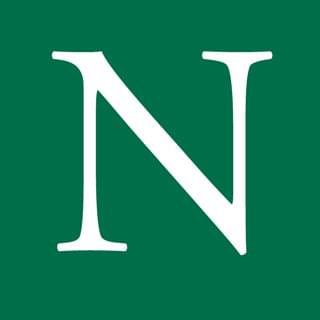New research suggests a widely used antibiotic could help prevent schizophrenia. A study in the American Journal of Psychiatry reports that adolescents in psychiatric care who took doxycycline had lower rates of the illness later in life.






Researchers from the University of Oxford have for the first time discovered an approach to electrically switch organic LEDs (OLEDs) to emit either left- or right-handed circularly polarized light without changing the light-emitting molecules. This could be useful for a range of technological applications, from more energy efficient OLED displays, to optical information transfer.


This ‘fundamental’ study uncovers how directing pyruvate into mitochondria can shrink cells by shifting their metabolism away from building amino acids and proteins.
This fundamental work demonstrates that compartmentalized cellular metabolism is a dominant input into cell size control in a variety of mammalian cell types and in Drosophila. The authors show that increased pyruvate import into the mitochondria in liver-like cells and in primary hepatocytes drives gluconeogenesis but reduces cellular amino acid production, suppressing protein synthesis. The evidence supporting the conclusions is compelling, with a variety of genetic and pharmacologic assays rigorously testing each step of the proposed mechanism. This work will be of interest to cell biologists, physiologists, and researchers interested in cell metabolism, and is significant because stem cells and many cancers exhibit metabolic rewiring of pyruvate metabolism.


Globalization, migration, climate change and war—nation states are currently under huge pressure on many fronts. Understanding the forces that initially drove the emergence of states across the world may help explain why.
For a long time after humans evolved, we lived in oral-based, mostly small-scale and egalitarian societies. Things began to change with the dawn of the Holocene, when a suite of climatic, social and technological shifts led to the emergence of the first states about 5,000 years ago.
The earliest known state was in Mesopotamia (now southern Iraq), followed by Egypt, the Indus Valley, China and Meso-America. The long-standing view was that the invention of agriculture was the spur for these large-scale human societies to emerge. But there was a 4,000-year gap between the expansion of agriculture (circa 9,000 years ago) and the founding of the earliest states, which throws this link into question.
